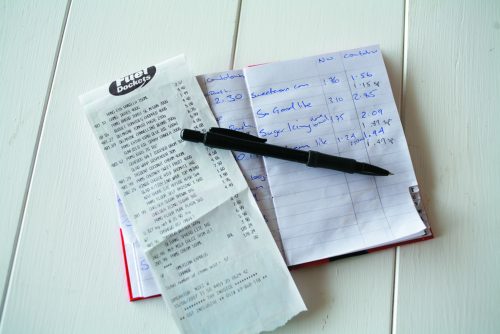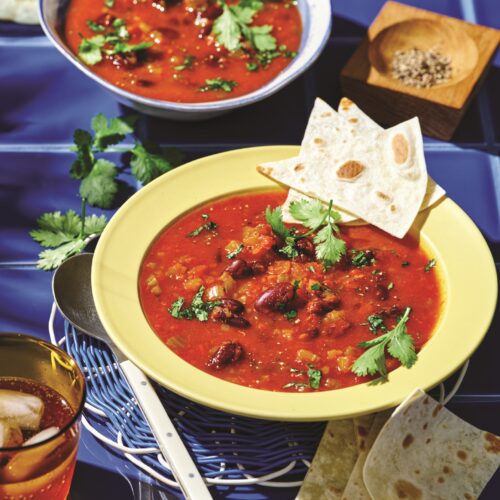
Over-spending, particularly on groceries, is an occupational hazard in busy households. Keeping a price book will help.
It’s hard work deciding day after day what to cook, that everyone will eat, in the time you have available and with the ingredients you have to hand.
Consequently you might simply stock what they like to avoid any hassle. When the prices change or a new season rolls around, we often continue making the same dishes simply out of habit and we don’t want to run out so we stock up.
But how much is too much and what are we stocking up on? Are we paying too much for some things and how do you keep track of it all when you are already stretched? The answer is simple: keep a price book. You’ll be amazed at how much you can save when you realise how much you spend!
The ‘price book’
Purchase a small alphabetised address book. Write into it everything you usually buy or keep stock of. Go through your pantry section by section to make sure you include everything. Be sure to include toiletry items, pet supplies and cleaning products.
Alphabetically list all the products you buy, then draw columns for writing in the prices, include a column for each supplier you might use. ‘S’, for example, will include everything from salami to shampoo.
Write in the prices for every item you regularly purchase:
- Log onto a supermarket website, click the ‘browse’ button and do a virtual shop. The items and their prices will appear in your ‘trolley’, including the prices of bulk food and deli items. When you have all the prices that you need, clear the trolley and exit the site.
- Send the kids around the supermarket with a list of things to gather the prices for while you shop. It’ll distract them from hassling you for ice creams and magazines while tuning them into the fact that everything in the store costs money.
- Keep your till dockets. Not only do they have the prices on them, you can check how much of or how frequently you buy certain items – how many litres of milk do you use each week, how many loaves of bread? How long does a bottle of laundry liquid last? Make notes on these things in the price book so you know how much you need when it comes on special.
Using your price book
Keep the price book in your bag or in the glove box of the car. Use it to compare prices when you are writing the shopping list. Use it to cost out your week’s grocery shop before you leave the house – no more nasty surprises at the checkout.
Using the price book you can cut through the advertising hype when going through supermarket mailers; just because something is promoted doesn’t necessarily mean it’s any cheaper.
One supermarket may be less expensive for your favourite cleaning products while another is better for ingredients you frequently use. Shop strategically, even if it means going somewhere else once a month for specific purchases.
Your price book can also include promotional information. Many manufacturers use a promotional cycle which comes around with predictable frequency. If you know the cycle of the items you use, buy them only when they are on special and you never need to pay full price ever again. Write the date of the promotion and the ‘special price’ in your price book and see if a pattern emerges.
Prices fluctuate so if your menu changes accordingly, you will save money.
- Use your price book to roughly cost out your recipes.
- Can you substitute with something they like just as much but is less expensive?
- Can you buy the key ingredients cheaper from a different supplier?
- Is it cheaper to buy in bulk? Bigger doesn’t always mean cheaper.
When you have all the facts it’s easy to plan your menus.
www.healthyfood.com










